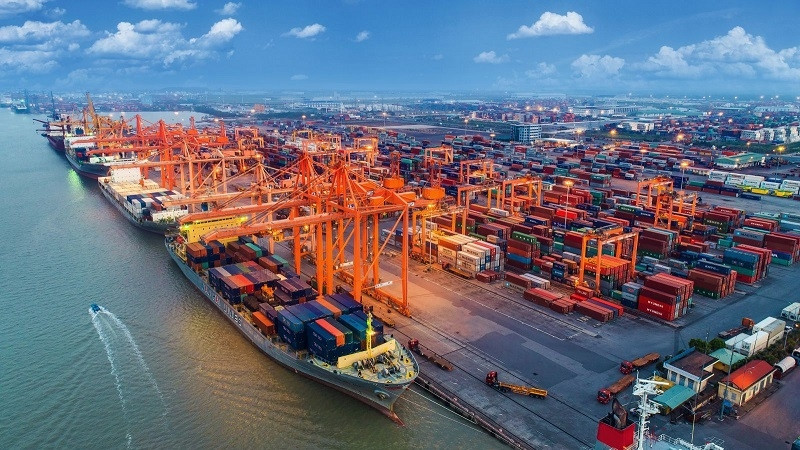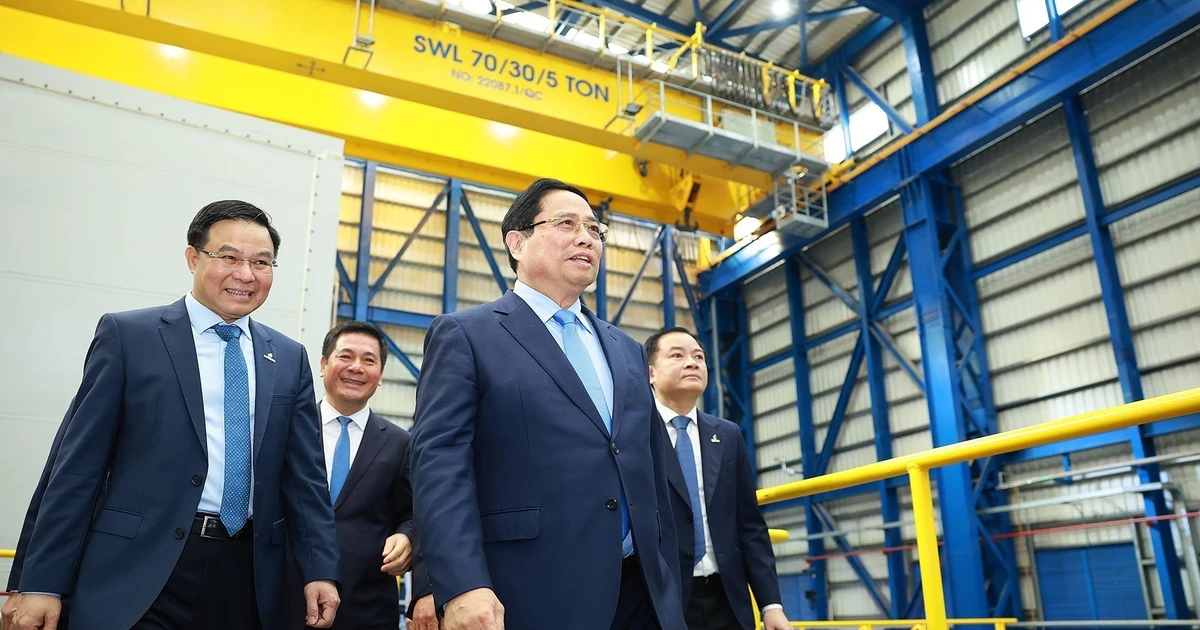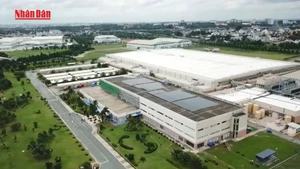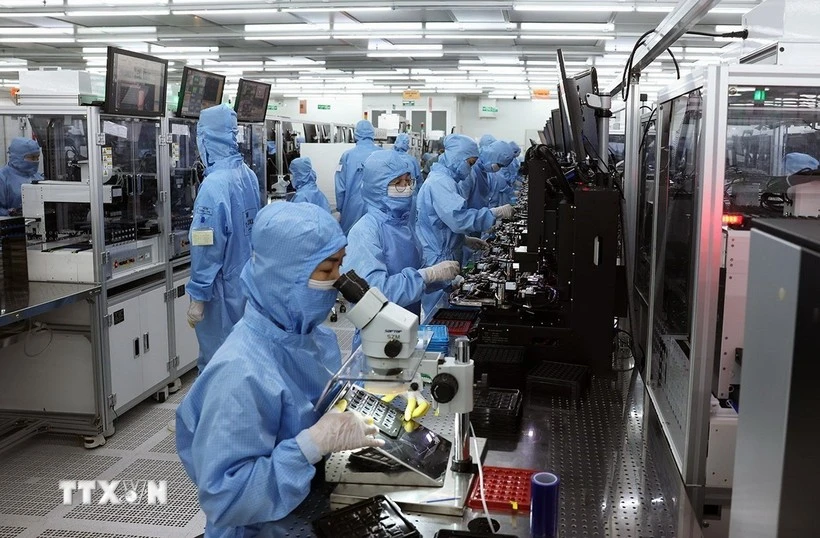Such an impressive performance will lay a solid foundation for Vietnam to become a upper middle-income country by 2025.
Growth projected at 7%
Assessing the prospects of the Vietnamese economy for the 2021-2025 period, the National Centre for Socio-economic Information Forecast (NCIF) under the Ministry of Planning and Investment constructed two scenarios.
In the first scenario, GDP growth is projected to average 7% per year, with inflation at between 3.5%-4.5%, while the ratio of capital to GDP is estimated at 31%, compared with 33.5% during the 2016-2020 period.
Investment efficiency continues to improve, with the incremental capital-output ratio (ICOR) reaching 6 on average. Labour productivity is also enhanced, growing by 6.3% per year. GDP per capita is expected to reach US$4,688, meaning Vietnam will join the rank of upper middle-income countries by 2025.
In a more upbeat scenario, Vietnam’s GDP growth could average 7.5% per year if the country is able to tap further into the opportunities brought about by international economic integration and acceleration towards a new growth model. Against such a backdrop, Vietnam’s GDP per capita is projected to reach US$4,798.
NCIF Deputy Director Dang Duc Anh said the 2021-2025 period is when Vietnam’s economy enters an important transformation period aligned with restructuring, renewing the growth model and enhancing the competitive of the economy based on breakthroughs in institutions, the workforce, infrastructure, science and technology with intertwined advantages and challenges.
The growth model for the 2021-2025 period is expected to improve substantially with the growth drivers sustained and boosted by science-technology, the private sector, manufacturing and commerce.
It should be noted that the new advanced technologies and new-generation free trade agreements such as the CPTPP and the EVFTA are expected to open up more growth opportunities for Vietnam by stimulating exports and investment in technological application.
The EVFTA and CPTPP could increase Vietnam’s GDP by 4.3% and 1.3% respectively by 2030. Vietnam’s exports to the EU are expected to increase by 44.4% by 2030 while exports to other CPTPP economies are also projected to grow by 14.3% by 2035.
Head of the NCIF’s department for sectoral economic and enterprise forecasts Tran Toan Thang said the 2021-2025 period is the opening of the 2021-2030 socio-economic development strategy so growth in this period is instrumental to the entire 2021-2030 period as Vietnam is striving to change its growth model and escape the middle-income trap. Therefore in order to accelerate the process to escape the middle-income trap and catch up with a number of economies in Asia, Vietnam needs to strive to create a foundation for high growth right from the early years.
Creating growth drivers
Both domestic and foreign economists agree that Vietnam has recorded remarkable growth since 2016 and is likely to maintain the strong growth momentum in the future. But the country is confronted by numerous challenges posed by the fourth industrial revolution, slowing global growth and climate change.
The World Bank warns that Vietnam is facing a rapidly aging population, the possibility of slowing productivity growth and low investment efficiency. Therefore the country needs to continue taking the right steps so as to seize on opportunities and manage risks in the future, despite having the potential to maintain its ongoing development success. Accordingly, Vietnam needs to improve the economic institutions and change its growth model based on innovations.
Sharing experience in supporting Vietnam’s development, a representative of the Irish Embassy in Vietnam said that besides the benefits, trade agreements, including the CPTPP and the EVFTA, will also bring with them challenges, requiring Vietnam to take bold reform in relevant issues.
Among the policy recommendations aimed at achieving sustainably high growth and macroeconomic stability for the 2021-2025 period, the NCIF underlines the importance of accelerating institutional reform and improving the business environment. It is the most important factor to create new growth drivers. Therefore in the new period, it is necessary to enhance the capacity of state apparatus, create a capable and effective apparatus, expand e-government implementation to streamline public service delivery and accelerate business environment reform.
Various ministries are taking measures to simplify and abolish administrative procedures under their jurisdiction. These are important measures to improve the business environment in 2020 and 2021, towards improving transparency, reducing costs and risks as well as boosting confidence of businesses.
According to Deputy Minister of Planning and Investment Vu Dai Thang, his ministry will compile a report detailing the results, causes and solutions to improving the business environment and enhancing the national competitiveness.
















